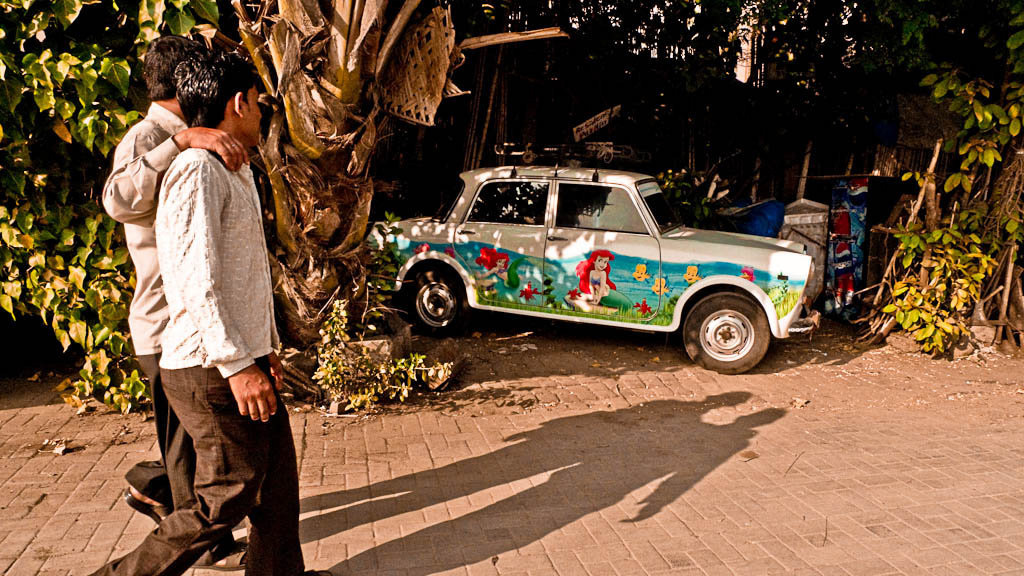
Car Culture in Mumbai
Distances are measured using time and never in kilometres in Mumbai. It was and still is a city where a majority of the people travel by train to work and the most practical way for people to measure distances in the city is by using time.
Their body clocks tuned to the clickety-click of the railway timetable, people in Mumbai and her satellite cities continued to travel by train long after the middle class in Delhi, and the rest of the cities in country fell in love with cars in the 80s and 90s. It didn’t make sense for the people of Mumbai who made the punctuality of the trains their habit to shift to the unpredictable ways of driving to work until very recently, when the trains became too crowded and uncomfortable for those who could afford to buy and afford to use a car. Today, cars are the second most important acquisition for the average Mumbaikar. The first would be a home but unlike a car, it is not easy to acquire.
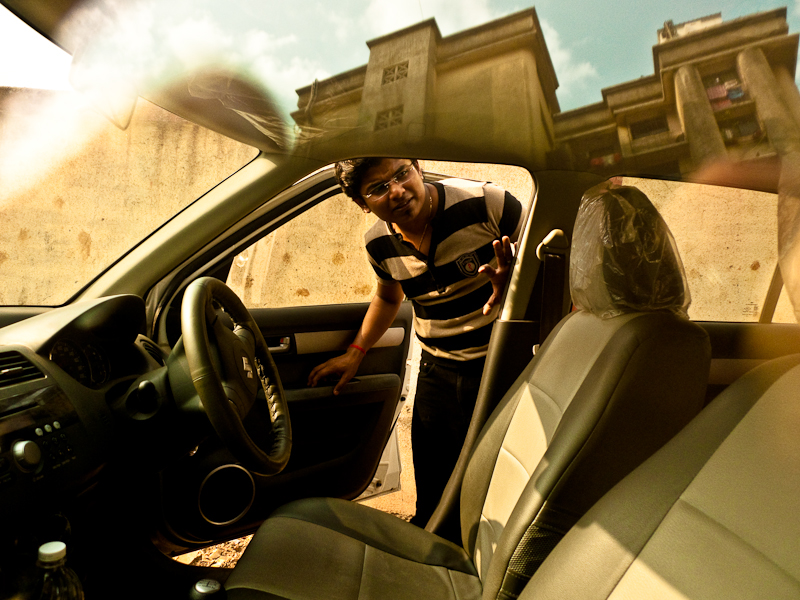
One of the finalists of an earlier Indian Idol TV show with his new car
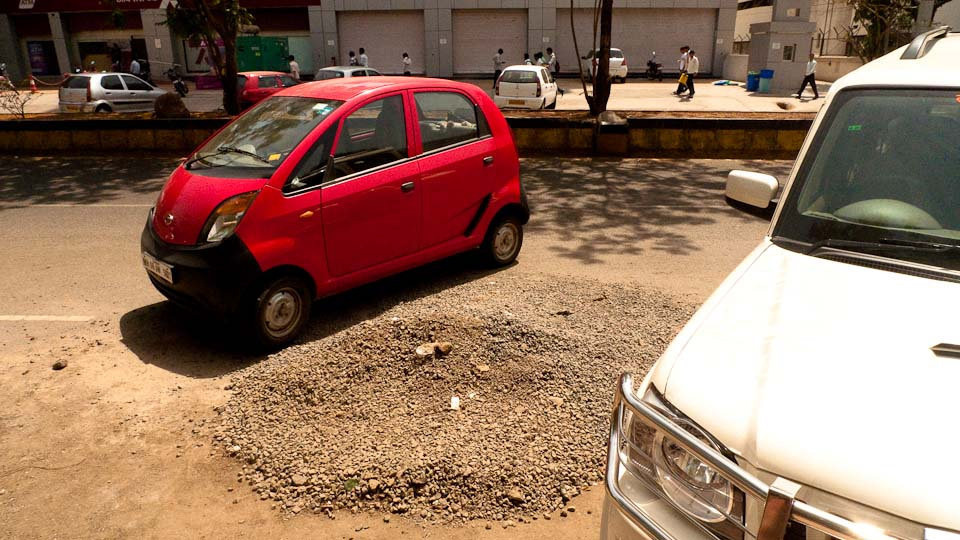
Parking problem
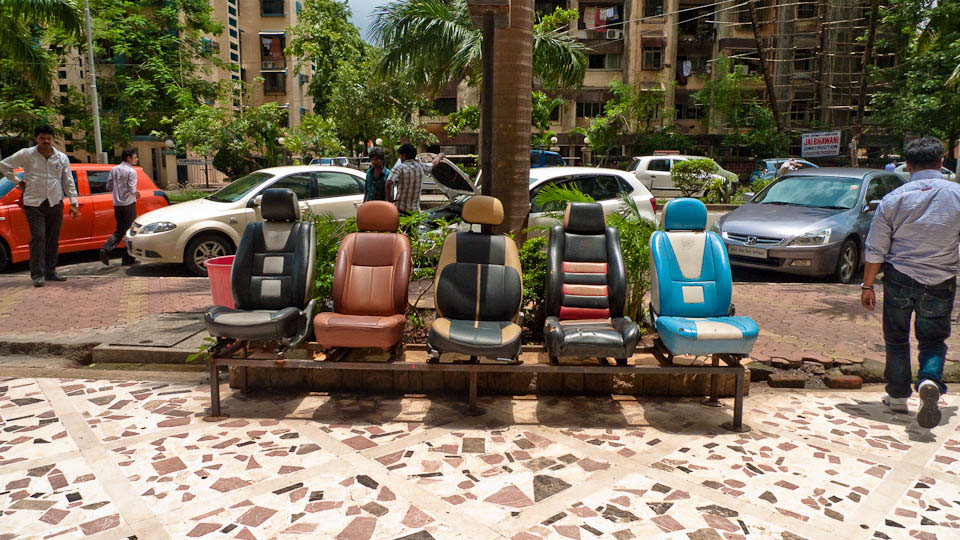
Shifting gears.
Meanwhile, as more and more people move to using cars, the shift is changing the way people of the city live and work together. The personal climb from trains to a car is a lifestyle change and the first thing one loses is a Mumbai tradition called train friends. You can’t be friends with the people you scream at when you drive and we will have to wait for car pooling to become popular if we need to gain new friends.
The shift to a car also means that unlike with train commuters, you cannot expect the person to be at work or reach a meeting on time. It also means that people will come to work at unpredictable hours and you will use evening traffic as an excuse to work late into the night.


During the annual Ganapati festival, it’s the family car that leads the most important journey of the year. The front seat, reserved for the head of the family is where Ganapati usually travels on his annual journey. On other days, Ganesha rides the dashboard and is Mumbai’s most popular dashboard deity.
The night India won the Cricket World Cup in Mumbai was when cars found their moment on Mumbai streets. Almost everyone with a car was on the road that night causing the biggest gridlock the city had ever seen, and breaking every single traffic rule in the city.
In the housing societies and industrial estates, the most common reason for fights now is over parking space. The old housing societies were designed when people took trains to work, gardens and parks are now covered with cobblestones to make space for the cars. In the new buildings, the builders charge extra and in black money for parking space.
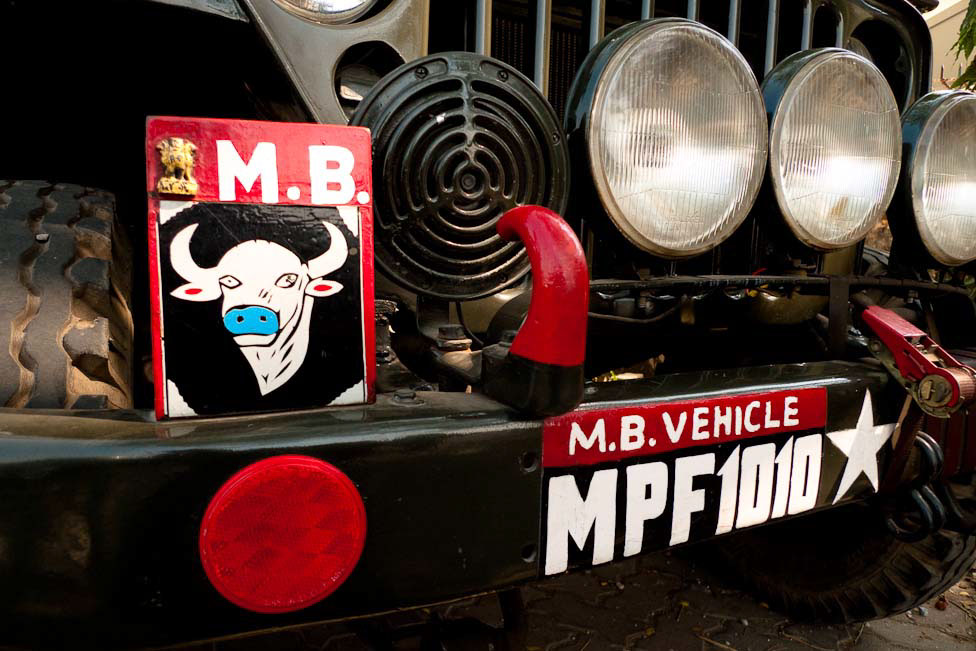
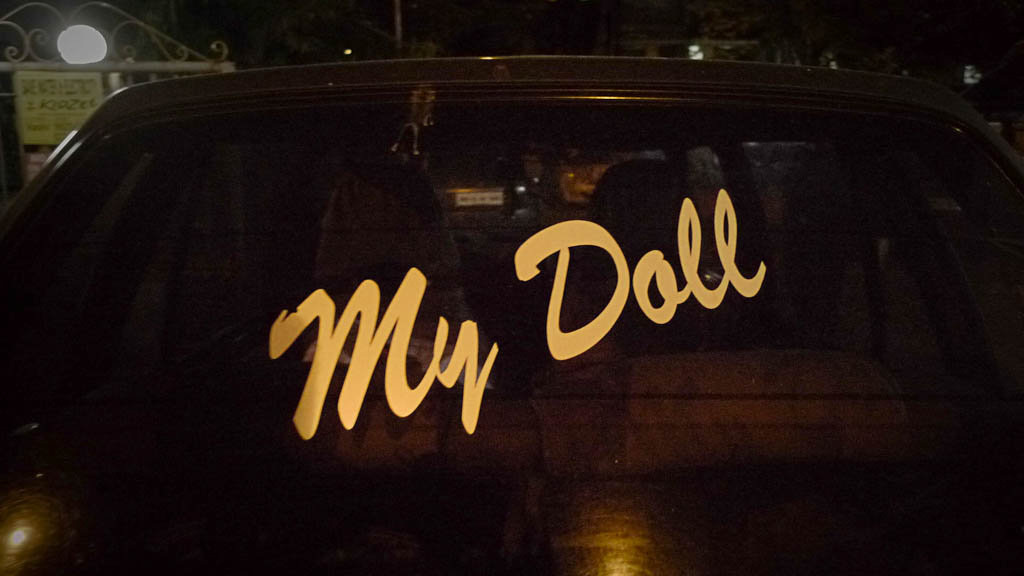

Car statements.
Earlier it was travelling by First Class, now as it is in ads, movies and everywhere else in the world, the car you drive is a statement of who you in Mumbai too. After moving from second class to first class and then into your car, the first thing you realise is that the right of way also belongs to the largest vehicle on the road. But what if you cannot afford one of the larger and expensive cars in the market? In that case, you can head to Kurla, to the banks of the Mithi river, near BKC and get an old jeep registered in one of the hilly parts of the country and customise it to look larger than it actually is. If you can’t afford even this car, you can join the many who fit a car horn to their bikes and honk more often than necessary in the narrower lanes of the city.
Another sure fire way to add respect is adding a number plate with the flag of the political party with the maximum local muscle power. The list of cheap tricks are the same as in the rest if India like writing POLITE in red, a place to put a flag on the bonnet, and starting your own All Bharat Human Rights Commission, proclaiming yourself president and putting a board on your car or jeep. It’s the best way to get a parking space in the city. If these are not enough, you can always write messages on your car.
The rear window of the car is the best place for messages and is even more important than your status message on facebook or message worn on t-shirts. Unlike T-shirts, they are permanent and meant for the person behind you should read. From messages celebrating Maratha pride to the name of a tough mutton eating district in Marathwada, European football teams to a popular Baba, the messages on the rear window of a car are an important window into the mind of the driver ahead of you. If the message looks like a warning, you should overtake at your own risk.
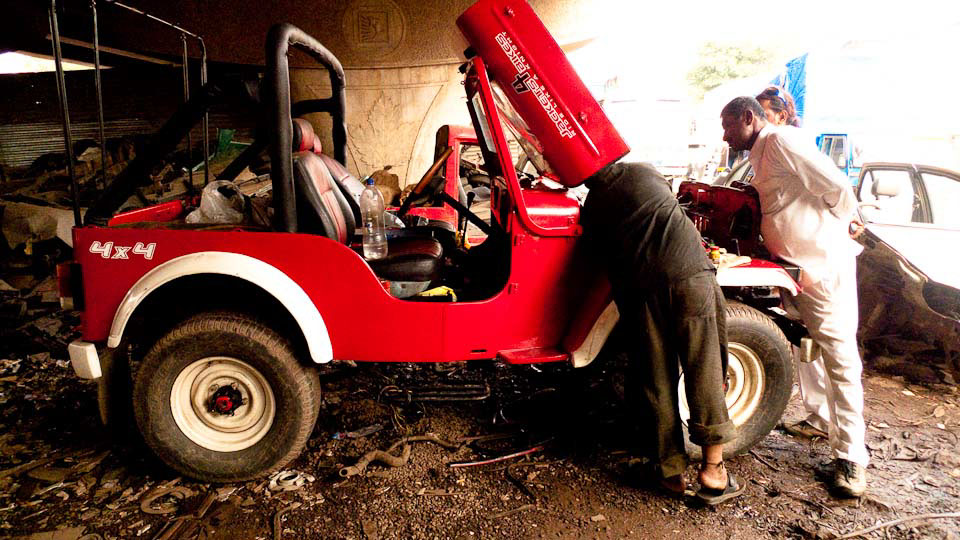
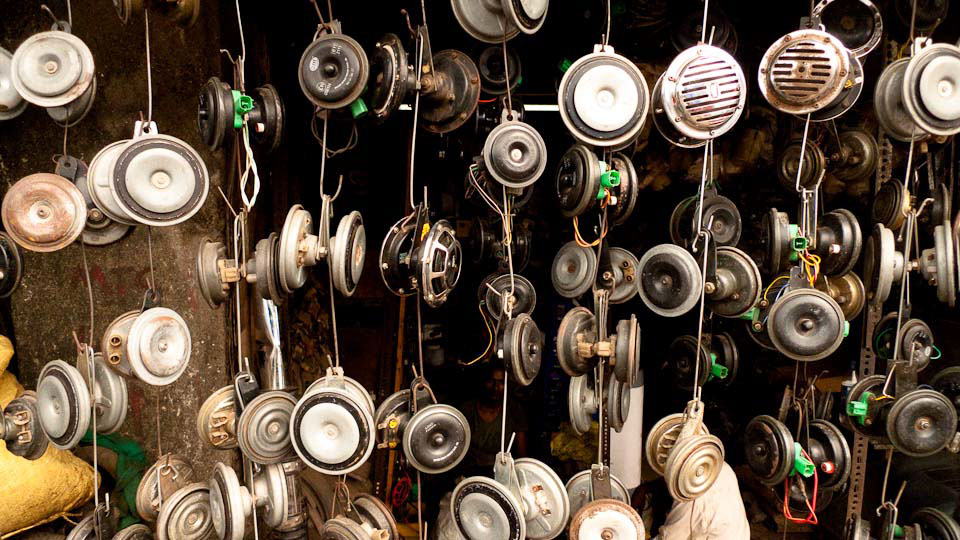




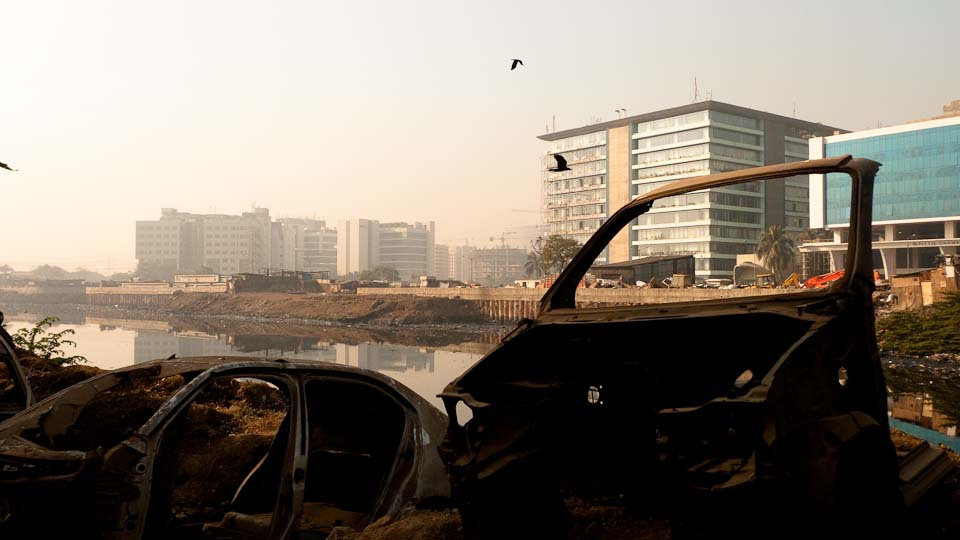
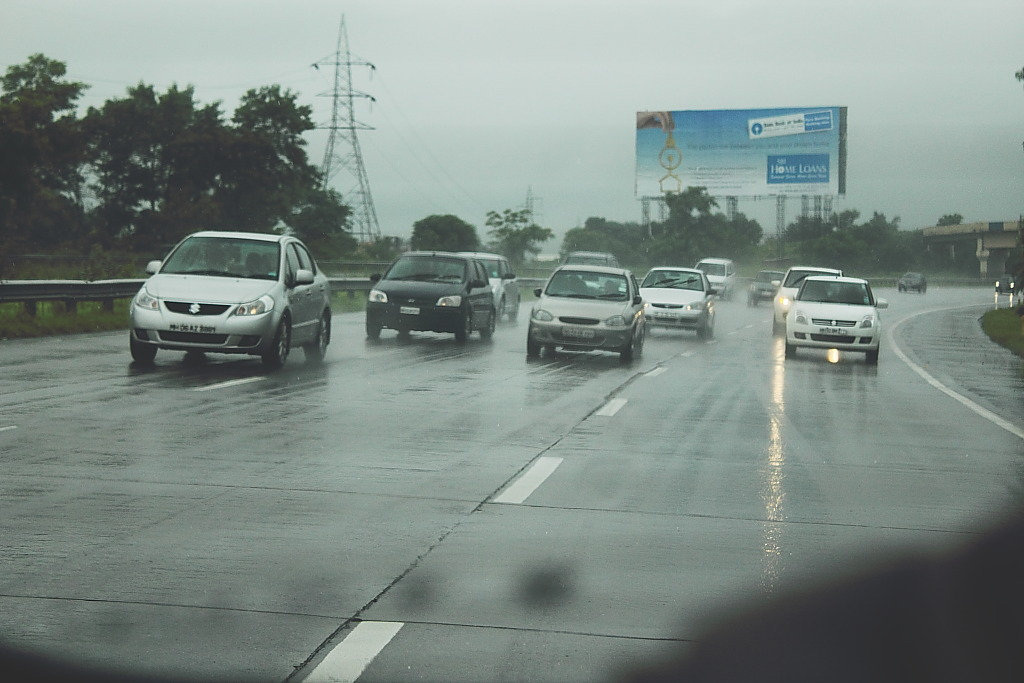
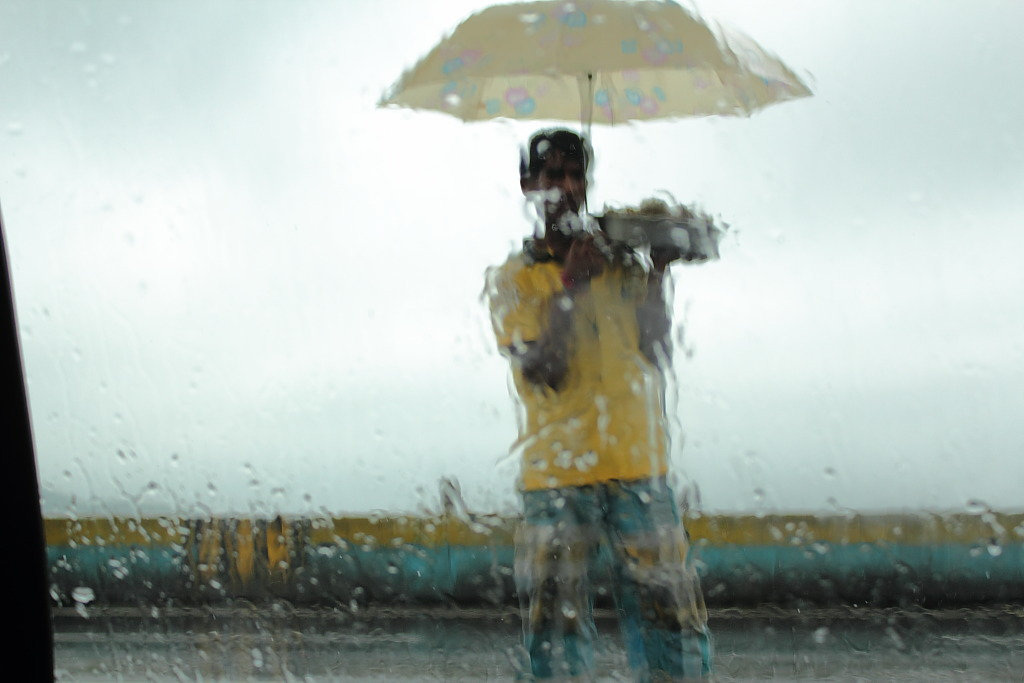

Road Rage.
A popular old ad for a radio station identified what ails the car commuter. A person who drives to work is perpetually angry and those who drive listening to their music station is always happy. Their television commercial even showed two car owners, who crash into each other, come out and sing together happily.
Accidents and dents must be a common occurrence because you rarely see a car without a dent or scratch on Mumbai roads. A visit to the local RTO to see a driving test is enough to confirm why that is so. The driving test is the easiest in the world. In Navi Mumbai, the inspector asks a fresh driver to drive 100 meters forward and take a U-turn and come to a stop. There are several who fail even this test. The complaint among the license seekers here was that they had to appear for the test unlike other RTOs where you can bribe and get one without appearing for a test.
Of the 20 who were taking the test on the day I was there, half of them were Chinese. Chinese visiting or working in India make it a point to get a driving license because it is easy to get one here. According to Chinese, most of them engineers working in Navi Mumbai, it is very difficult to get a license in China and the tests are very tough. So any young Chinese who comes here to work immediately gets a license and then use it in China.

But whatever is the size and make of the car you drive, there’s no greater leveller than the potholed roads of Greater Mumbai. It doesn’t matter if you drive a Premier Padmini that was made in Kurla or a Ferrari that has an auspicious number plate, you move at the same pace in the eternal Mumbai traffic jam. And if you need to reach anywhere on time, you borrow coupons or a smart card from a relative and take the local train.
